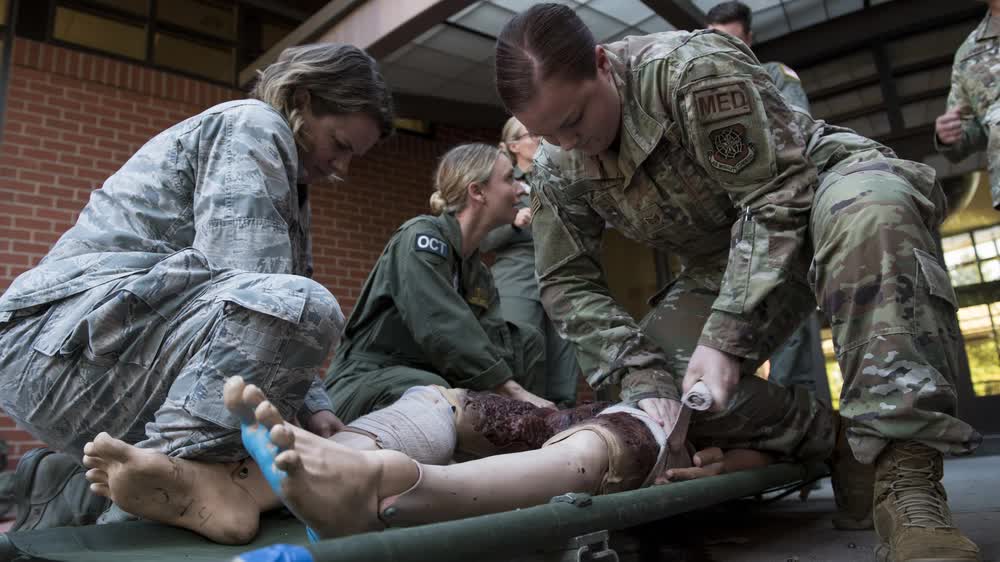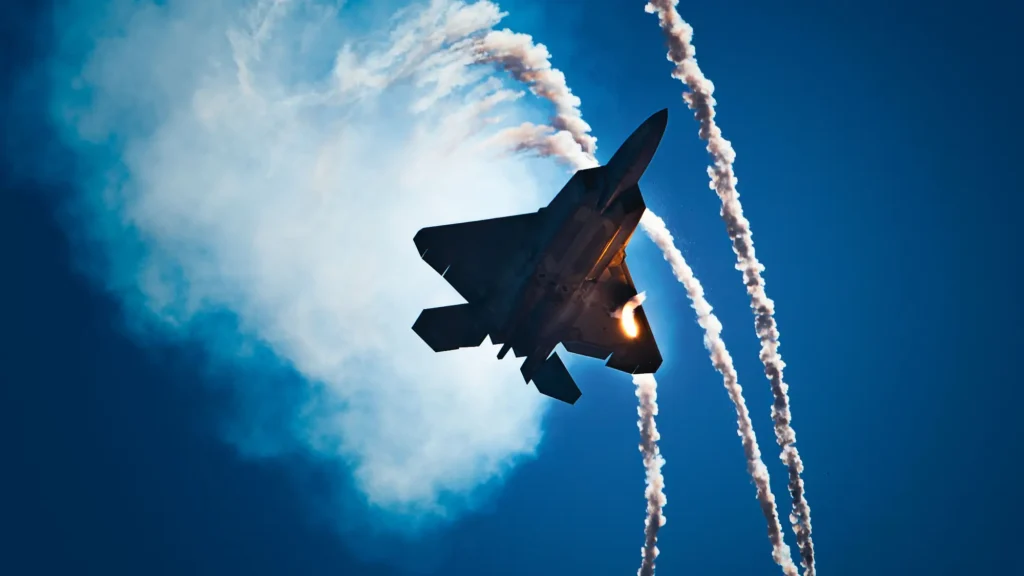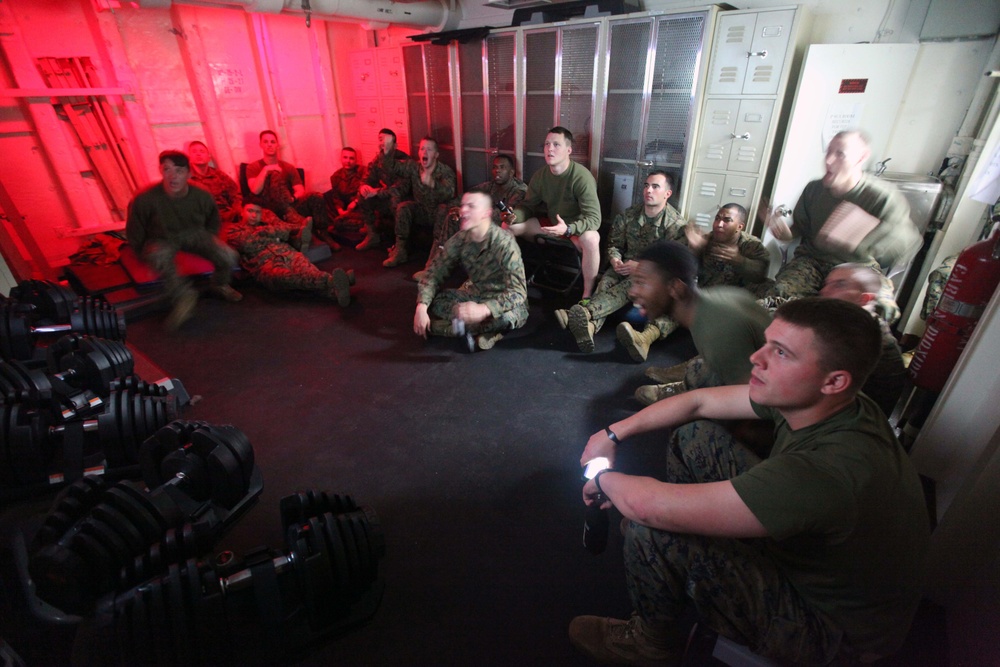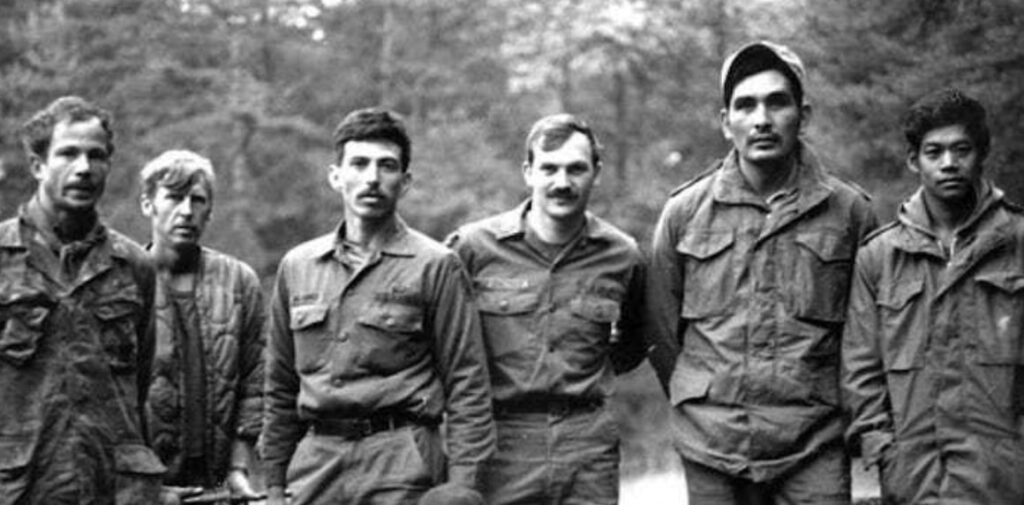US SpecOps were the vanguard of a revolution in battlefield medicine
- By Frumentarius
Share This Article

Editor’s Note: This article has been updated to correctly identify Military Medicine as the first journal in which the concept of TCCC was introduced.
For all its laser focus on combat operations and projecting power globally in support of American interests, the U.S. military is and has always been a bureaucracy. That means it has an iron-willed and infuriating resistance to change. It has legions of rules, regulations, and processes that govern everything from eligibility to become a service member all the way to the medical guidelines that dictate how military members are cared for on the battlefield.
As a consequence, affecting real, systemic change within the military is a very difficult task, and attempting to alter the status quo has defeated scores of would-be innovators over the decades. The one chink in the military’s bureaucratic armor, however, becomes evident during wartime.
When involved in sustained combat operations, the U.S. military tends to let down some of its administrative defenses and opens itself up to change – especially if that change might help it fight the war more effectively. The adoption of Tactical Combat Casualty Care (TCCC) in the U.S. military from the mid-1990s to the present is a perfect case study in how meaningful change can come about through dogged persistence and despite the hurdles. And what is more effective in fighting a war than losing fewer soldiers while fighting it?
TCCC is the system of medical protocols that collectively serve as the current standard within the U.S. military for the treatment of casualties on the battlefield — before those wounded service members reach a medical facility. TCCC addresses the myriad ways in which a service member might be wounded in combat, and aims to prevent in every case possible what is classified as a “preventable death.” Take for example a soldier who loses a limb in combat. A tourniquet applied quickly and effectively has the potential to prevent that soldier from dying from that particular wound. In the simplest terms, TCCC aims to bring the number of preventable deaths in combat down to zero.

One would think affecting change to save every savable life on the field of battle would be easy to accomplish. Alas, it was not so. Yet, despite the bureaucratic difficulties, combat commanders – specifically within the U.S. Special Operations community – have had an impact in bringing about that change. From the Navy SEALs to the Army Rangers, and the U.S. Special Operations Command as a whole, SOF leaders were the first to adopt and direct needed reforms to military combat medicine within their units.
After the publication of the 1996 Military Medicine article that first introduced the concept of TCCC to the medical community, the new paradigm remained just that: a theoretical concept.
TCCC, at its essence, was a list of suggested changes to battlefield medicine that covered critical life-saving interventions like tourniquet use, fluid resuscitation, airway management, shrapnel and bullet wound care, and other critical components of caring for wounded military members on the battlefield. Those ideas were revolutionary at the time and very much bucked some of the existing protocols in the field. They resulted from exhaustive study and research, were medically sound, and were much-needed changes. However, someone had to actually adopt the changes – someone had to own battlefield medicine and put it into practice.
The first combat commander to adopt TCCC and direct its use for his forces was Admiral Tom Richards in April 1997, the then-commander of U.S. Naval Special Warfare Command. Richards at the time commanded all U.S. Navy SEALs and directed those SEALs to adopt TCCC, train in it, and use it as the standard of care for SEAL corpsmen (medics).
Not to be outdone by his Navy brethren, in the same year, then-Regimental Commander of the Army’s 75th Ranger Regiment Colonel Stanley McChrystal, also directed that TCCC be incorporated into Ranger Regiment prehospital care. In fact, the 75th Ranger Regiment really did lead the way in putting TCCC into practice and, as a result, achieved the lowest prehospital preventable death rate in the history of modern warfare in the years of combat after 9/11.
Related: Navy SEAL doctor speaks about the peculiar dangers of Hell Week

It did not take long for the success of TCCC to trickle out of those first units. Before long, the Army’s Delta Force and the Air Force Pararescue community also put TCCC into practice. It was then an easy leap for all of U.S. Special Operations Command to incorporate TCCC by 2005. From there, as with so many tactics, techniques, and procedures, the conventional military followed suit and began to employ TCCC as well. The rest is history. The new protocols spread throughout the U.S. military and beyond, to military services around the world, and even to the civilian medical community.
Those who command America’s military fighting forces – the line commanders – make the decisions when it comes to adopting new innovations. If they decide to adopt something, they first direct its use, before those innovations can become widespread. It took command directives within their own units for the new TCCC measures to really take hold, and then to spread throughout the wider military. Special operations commanders were the first to issue those directives, and thus U.S. SOF truly was the tip of the spear when it came to revolutionizing battlefield medicine.
If you want to learn more about the history of TCCC, you can check out the forthcoming book Tell them Yourself: It’s Not Your Day to Die, by Frank Butler, Kevin O’Connor, and myself, available May 20, 2024, through Breakaway Media, (or you can view the QR code below).

Read more from Sandnoxx News
- Alpha-male boot camps are a joke
- ‘Spec Ops:’ Navy SEAL Admiral Bill McRaven’s theory and practice of special operations
- ‘Counterculture’ approach enabled C-130’s 26-hour marathon flight
- 5 last-ditch weapons created by a desperate Nazi Germany
- The Air Force’s dogfighting AI is already roughly equal in skill to career pilots
Related Posts
Sandboxx News Merch
-

‘AirPower’ Classic Hoodie
$46.00 – $48.00 Select options This product has multiple variants. The options may be chosen on the product page -

‘Sandboxx News’ Trucker Cap
$27.00 Select options This product has multiple variants. The options may be chosen on the product page -

‘Kinetic Diplomacy’ Bumper Sticker (Black)
$8.00 Add to cart
Frumentarius
Frumentarius is a former Navy SEAL, former CIA officer, and currently a battalion chief in a career fire department in the Midwest.
Related to: Special Operations

America’s first 6th-gen fighter jet will be Boeing’s F-47, Trump just announced

3 new TV shows to watch to make service time pass faster

Delta Force Assessment and Selection: Spending nights at base camps

The US Navy is forced to wait on its new flagship frigate
Sandboxx News
-

‘Sandboxx News’ Trucker Cap
$27.00 Select options This product has multiple variants. The options may be chosen on the product page -

‘AirPower’ Classic Hoodie
$46.00 – $48.00 Select options This product has multiple variants. The options may be chosen on the product page -

‘AirPower’ Golf Rope Hat
$31.00 Select options This product has multiple variants. The options may be chosen on the product page -

‘Sandboxx News’ Dad Hat
$27.00 Select options This product has multiple variants. The options may be chosen on the product page
